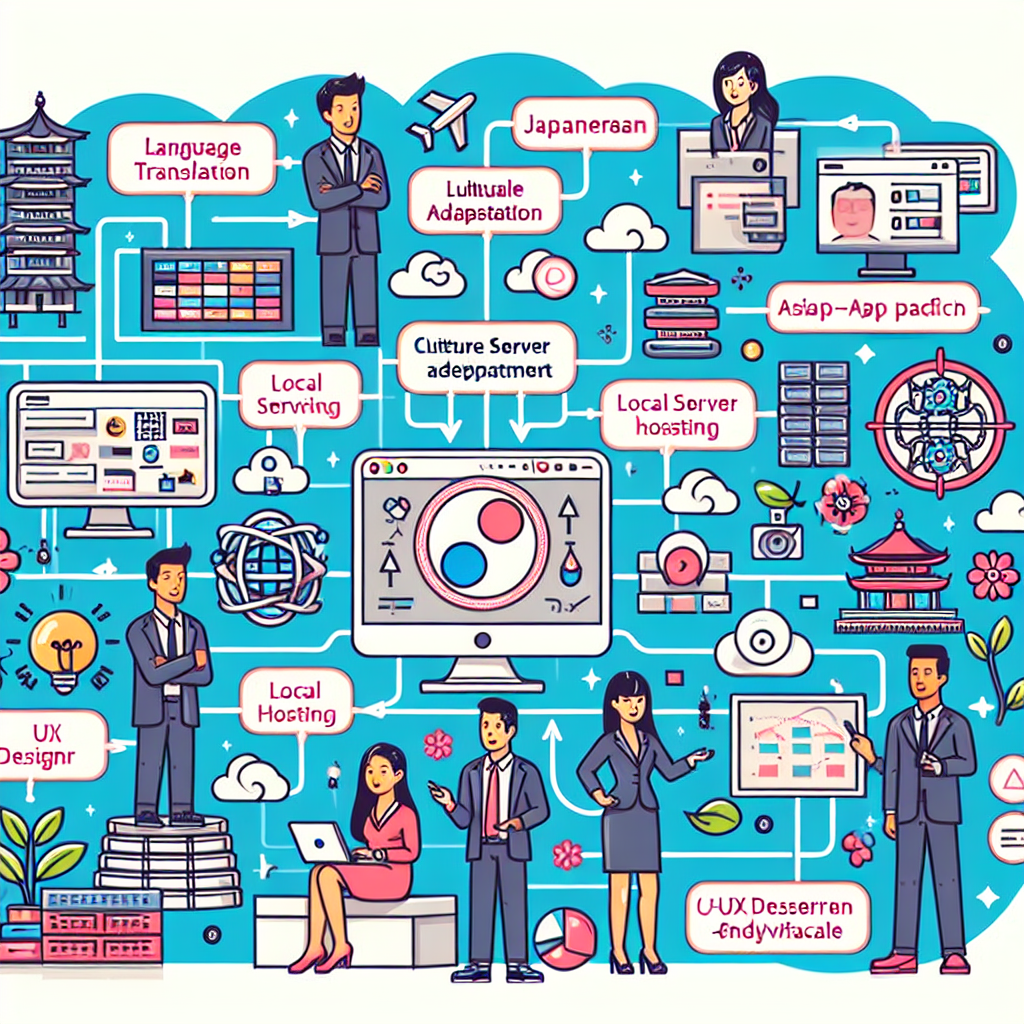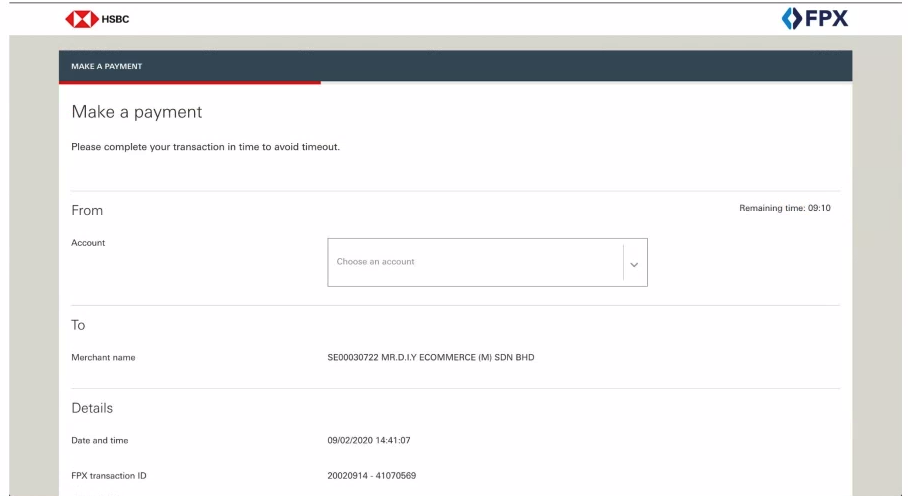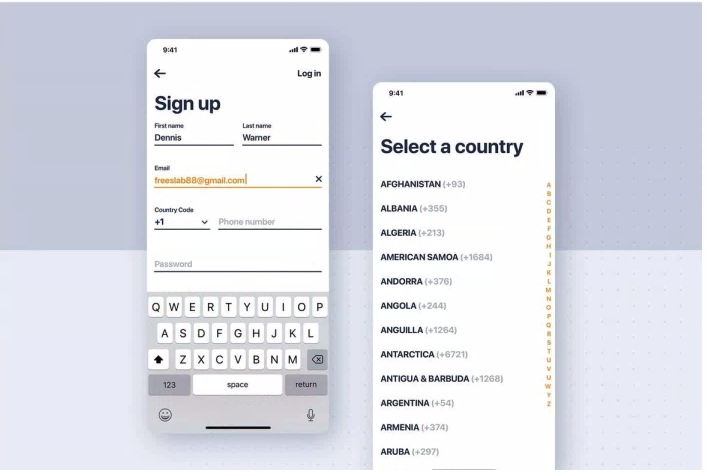Fortune

When I was a kid, my mom always told me, "Study hard! Otherwise, you could end up like that garbageman." The message was clear: I didn't want to collect trash for a living. Motivated by this fear, I worked hard in school and eventually went to university.
About a decade ago, I graduated with a bachelor's degree in chemistry. However, as Hong Kong is an international finance center, job opportunities for science graduates were scarce.
My first job had nothing to do with my degree. I worked at Uniqlo, a Japanese clothing store, as an entry-level sales associate with long hours. This job felt like a punishment. Like Sisyphus in Greek mythology, who endlessly pushes a rock up a hill only for it to roll back down, I would fold clothes neatly just for customers to come in and mess them up. This cycle led me to question the value of my education.
Eventually, I quit and went to Australia on a working holiday. I took up various jobs to survive, one of which was, ironically, a garbageman during a New Year's Eve event. The stench of alcohol and vomit was unbearable. It was a wake-up call: had I listened to my mom, maybe I wouldn't have found myself in such a role.
After a year in Australia, I returned to Hong Kong. Still unable to secure a job in my field, I transitioned careers by learning programming and becoming a software engineer. Yet, working at a reputable consulting firm, I was plagued by imposter syndrome. My solution was further education. I pursued a part-time master's degree in computer science and later, an MBA, hoping for a better career and to avoid ending up like the garbageman I once was.
During my MBA, I met Jonathan, a senior sales director at a software company. He helped me transition into a role as a technical sales consultant. This job required me to entertain clients, often through excessive drinking—something I had vowed never to do again.
One unforgettable night, during a business dinner with a major client, the volume of alcohol consumed pushed me to the edge. I excused myself to vomit in the restroom, a low moment that made me question my choices. I found myself recalling my days as a garbageman in Australia, the very position I'd tried so hard to avoid.
My new job also involved traveling across China and entertaining clients at KTV lounges, which often led to morally ambiguous situations. Despite my seemingly fortunate circumstances, I couldn't help but feel sympathy for the women working there. They didn't have the luxury to prioritize education and likely faced hardships I couldn't imagine.
Reflecting on my journey, I realize my mom was right—education is invaluable. Yet, here I was, entertaining clients with drinks just like the women at KTV. Their struggle and mine were not so different. So, before passing judgment on others, remember: every job is the result of a story you may not know. Treat everyone with the respect they deserve, regardless of their job title. Thank you.




